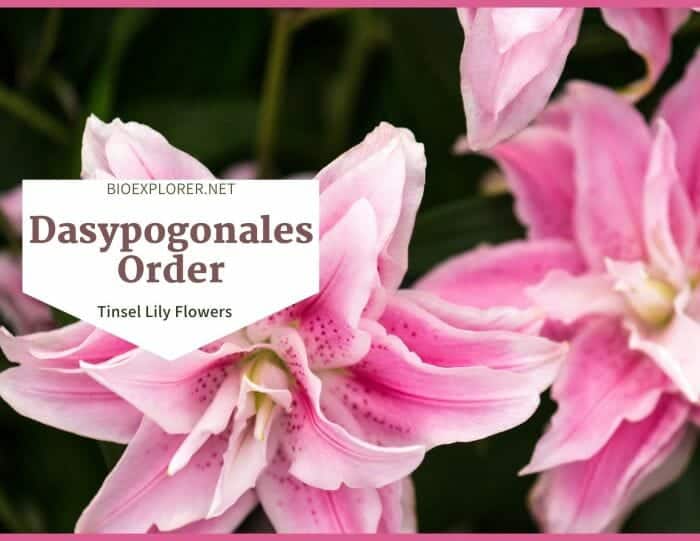
Dasypogogonales is an order of flowering plants comprising shrubs and herbs with paleotropical and Australian distribution. Members of the Dasypogonales mostly have spiral, simple, and sessile leaves, bisexual flowers, and perianth consisting of tepals.
The members’ fruit is a capsule, and the seeds are endospermic. The beautiful tinsel Lilies, pineapple bush, and Kingia australis are members of the Dasypogonales.
Order Dasypogonales is placed under Commelinids. It only has 1 direct family[1], Dasypogonaceae, with 4 genera.
Table of Contents
Dasypogonales Distribution
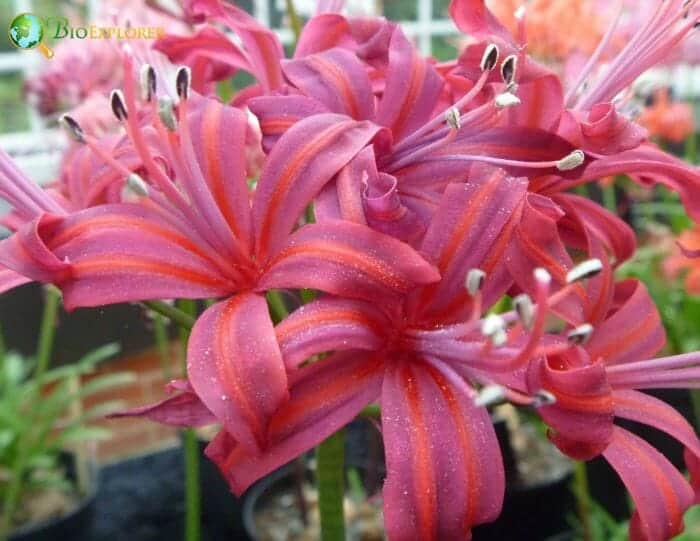
The members of Dasypogonales have a paleotropical and Australian distribution. Some of the species are found in New Guinea and New Caledonia.
![]()
Dasypogonales Characteristics
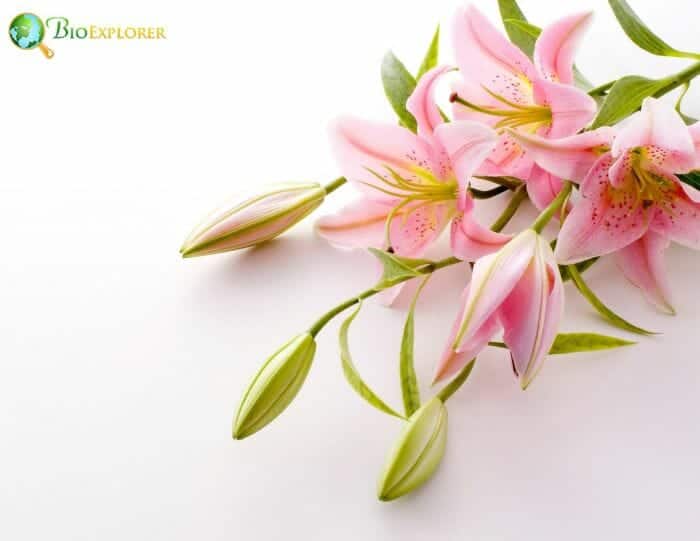
- Plant type: Members of the Dasypogonales order are shrubs and herbs.
- Stems: The young stems of the plants do not break easily at the nodes. Plants are pachycaul. There are scattered bundles in the primary vascular tissues. There are no vessels in the axial xylem. Secondary thickening is absent.
- Leaves: The leaves of the Dasypogonaceae species are small to large. They are usually spiral, simple, and sessile. These leaves are leathery, modified into spines, or herbaceous. The lamina is entire.
- Flowers and inflorescences: Flowers are usually bisexual. These flowers are elongated and branched loosely in the partial inflorescence of globose or the inflorescence of a dense multiflorous. Most cases of dense multiflorous are globose paniculate or thyrsoid heads.
- Sepals and petals: The perianth of the flowers is tepals in 2 whorls. Usually, the tepals are petaloid. Sometimes, the tepals are sepaloid.
- Stamens and carpels: There are 6 stamens in 2 whorls; free of the perianth. The carpels are 3; isomerous with the perianth.
- Ovary and fruit:The ovary of the flower is superior or inferior. The fruit is a capsule or a capsular-indehiscent.
- Seeds: The seeds of the Dasypogonales are endospermic and wingless.
![]()
Dasypogonales Flowers and Reproduction
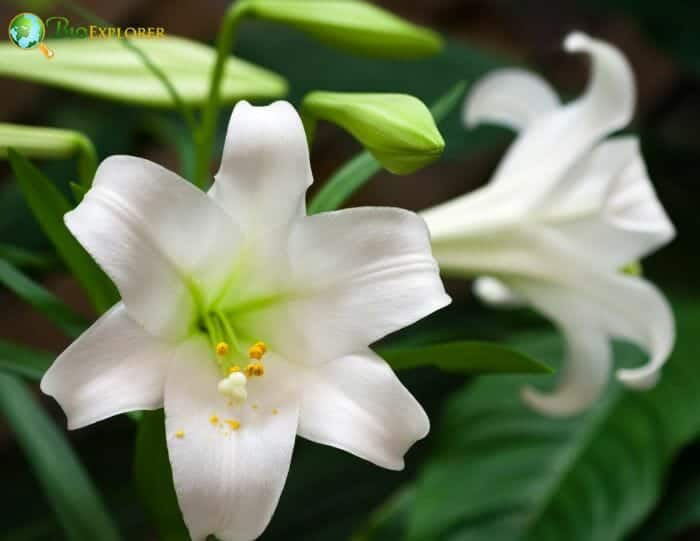
Dasypogonales flowers are small, cyclic, regular, and mostly bisexual. These flowers are elongated and loosely branched or in the partial inflorescence of globose, globose paniculate, or thyrsoid heads. The perianth (2-whorled) of the flowers is a tepal. The tepal is commonly petaloid, although occasionally there are sepaloid. There are 6 tepal lobes in the perianth; white, cream, yellow, or hyaline. Flowers have floral nectaries. The nectar is via the septal nectaries of the gynoecium.
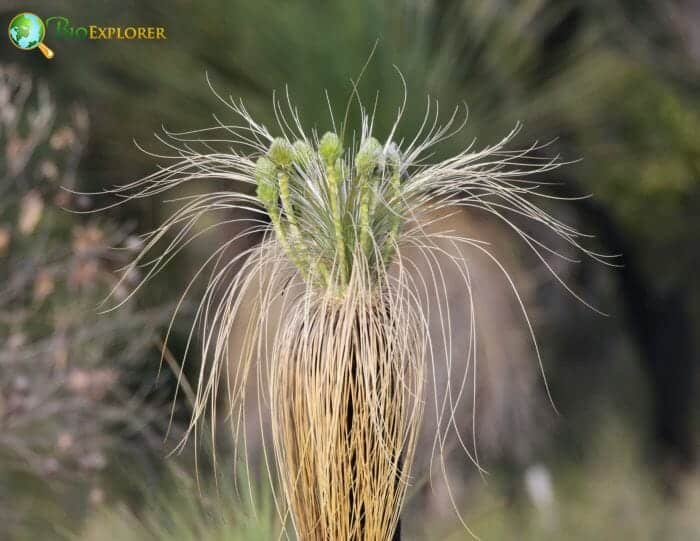
The Calectasia[2] flowers have 6 tepals; 2 whorls. The three per whorl are similar to each other. They are spreading but are joined at the base. The Calectasia flowers are blue or purple and are star-like with a glossy metallic sheen. The creamy white flowers of the Kingia australis are borne on upright stems on spherical heads.
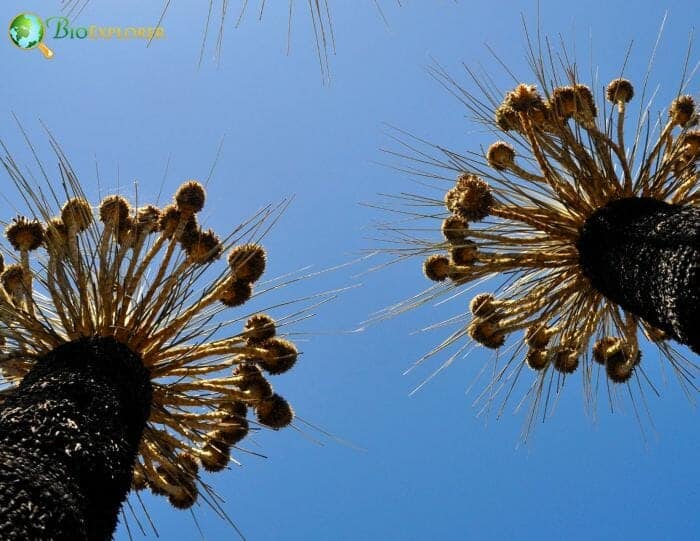
Pollination[3] of Kingia and Dasypogon is via generalist. The Calectasia species undergo buzz-pollination, and the Baxteria is via carrion insects. The rewards are nectar and pollen or pollen only.
![]()
Dasypogonales Example Species
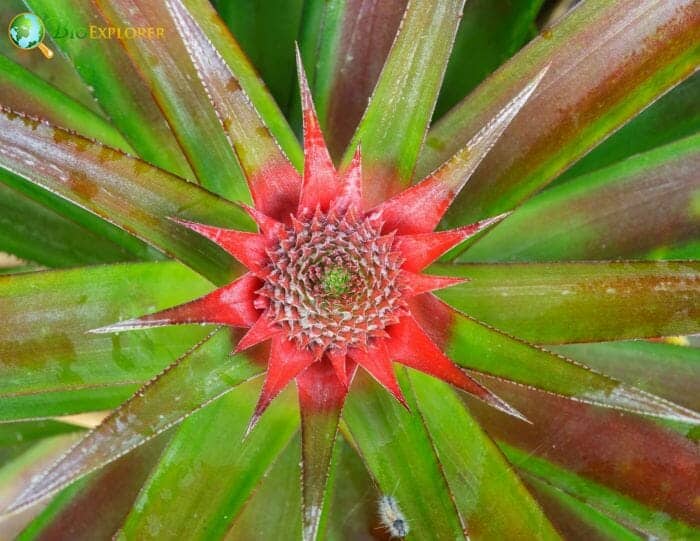
- Baxteria australis
- Blue tinsel Lily (Calectasia cyanea)- It is suitable for landscape and garden use, but the species is listed as Critically Endangered.
- Pineapple bush (Dasypogon bromeliifolius)- The pineapple bush plant has an ornamental value.
- Kingia australis – The tree is high in cellulose and is used in the fiber industry.
- Eastern tinsel lily(Calectasia intermedia)- The flower has ornamental value. It is suitable for containers, gardens, and landscaping.
- Large-flowered tinsel lily (Calectasia grandiflora)- The species is a spectacular wild plant.
- Blunt-leaved tinsel lily (Calectasia obtusa) – The plant has ornamental value.
- Pineapple bush (Dasypogon hookerii) – The species is used as an ornamental plant.
- Dasypogon obliquifolius
- Swamp tinsel lily
![]()











